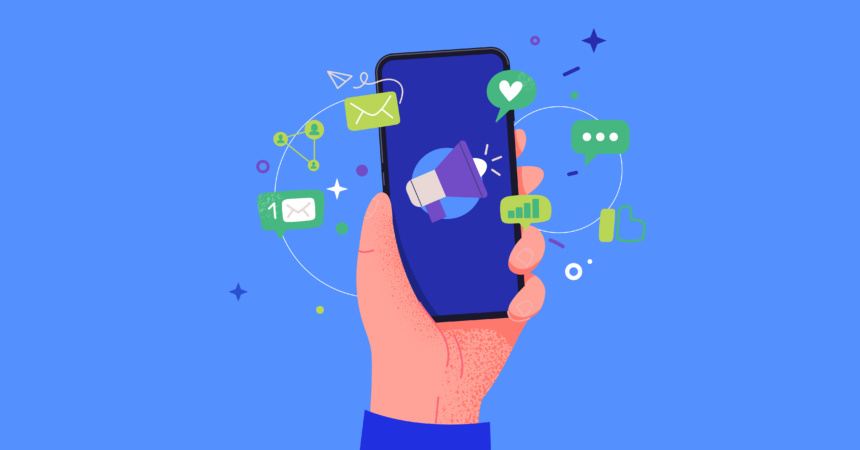Lead Generation
What is lead generation?
Advertising is all about driving and capturing consumers’ interest. In essence, that’s what lead generation does. This form of marketing reaches potential customers who have shown interest in a product or service. But not all interest is created equal. While some leads may be open to a product or service, only high-quality leads are the ones that can be inspired into making a conversion — a sale or a sign-up. Lead nurturing involves building relationships with potential customers over time through targeted content and communications, eventually leading to conversions.
How does lead generation work?
- Identify your target audience. Who are you trying to reach? What are their needs and wants?
- Create a lead magnet. This is an offer that will entice potential customers to give you their contact information, such as a free trial or discount.
- Promote your lead magnet. Use a variety of marketing channels to reach your target audience and let them know about your offer.
- Capture leads. Use a landing page or form to collect contact information from potential customers.
- Nurture your leads. Once you have a lead's contact information, you need to nurture them through the sales funnel by sending them relevant content and offers.
Types of lead generation:
There are two main types of lead generation, inbound and outbound. Inbound lead generation is the process of attracting potential customers to your website or landing page and outbound lead generation is the process of reaching out to potential customers directly.
Lead generation can come in such forms as:
- Content marketing: Creating and distributing valuable content, such as blog posts, to attract and educate potential customers.
- Search engine optimization (SEO): Optimizing websites and landing pages to rank higher in search engine results pages (SERPs), making them more visible to potential customers.
- Pay-per-click (PPC) advertising: Creating and running targeted ads on search engines and other websites.
- Social media marketing: Using social media platforms to connect with and engage potential customers.
- Email marketing: Collecting email addresses from potential customers and sending them regular updates and promotions.
How to measure lead generation:
- Lead volume: The number of leads generated during a given period of time.
- Lead quality: The score or rating assigned to a lead based on their likelihood of converting into a paying customer.
- Cost per lead (CPL): The average amount of money spent to generate a lead.
Why is lead generation important to marketers?
Lead generation is important to marketers because it allows them to focus their efforts on the most likely buyers. By generating leads, marketers can build an audience of potential customers and increase their chances of driving conversions.
Who needs to know what lead generation is:
- Performance marketer
- Digital marketer
- Marketing manager
- Brand manager
- Product manager
- Sales manager
- CEO
Use lead generation in a sentence: “After filtering out the marketing qualified leads (MQLs), our lead generation strategy paid off with more focused promotions to users who were clearly in-market for our brand’s luxury housewares.”


